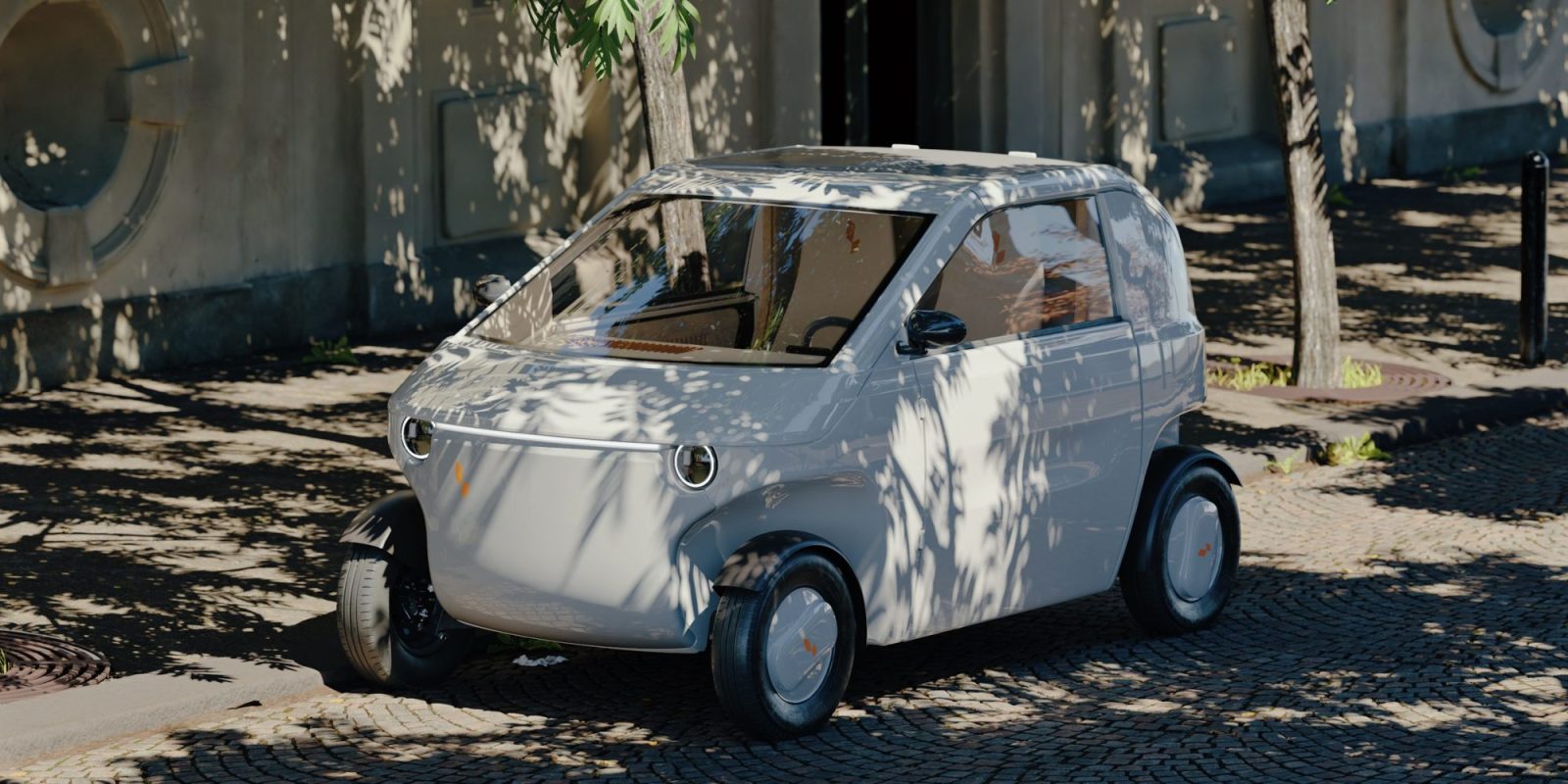
Luvly, a Swedish microcar company, is gearing up to produce a tiny, ultraefficient electric car for urban living – and distribute it around the world using a flat-pack shipping method, much like another famous Swedish brand.
Luvly derives its name from LUV, or “Light Urban Vehicle,” which really sets the tone for what they’re going after – small cars designed for city use.
Luvly’s first vehicle, the Luvly O, has specs intended to work perfectly for an urban dweller. Which is to say, those specs are not any more than what you need (or more than what European quadricycle regulations limit them to), combined into a cute, affordable, and convenient package.
The whole vehicle weighs just 380kg (837 pounds), about a fifth as much as the standard 4,000-pound passenger car (the Tesla Model 3 weighs around this much), resulting in lower manufacturing emissions. And its light weight means that it’s tremendously more efficient, with energy consumption on the order of 60Wh/km (96Wh/mi), about two to four times better than “full-size” electric cars.
This low energy consumption means the Luvly needs a smaller battery to get around, and the standard battery is just 6.4kWh. But that’s not the best part – the battery is two separate units, each weighing 15kg (33 pounds), and they are removable.
So, sure, you can plug in the car to charge it. But what if you park on the street and don’t have access to a charging point? Well, you can just take the battery with you into your apartment and charge it there. This might be harder if you’re carrying other things or live in a walk-up apartment or have reduced strength or mobility, but perhaps another carrying solution could be designed for people who need that.
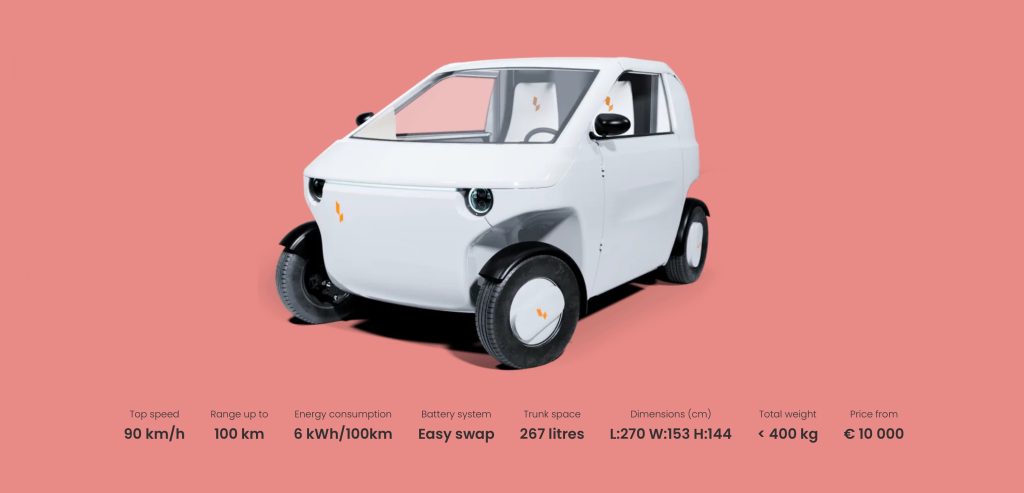
The small battery means fast charge speeds as well. On a standard European 220-230V outlet, each battery unit should take about an hour to charge. In the US, due to our slower 120V outlets, it’ll take about two hours. No special charger or high-amperage outlets are needed – just a regular outlet. Quick charging times and potential battery swapping capabilities also give the car the potential to be used for urban car-sharing schemes.
But despite (and perhaps because of) its small size, the car is still capable of the feats that matter most for intracity tasks. Its top speed of 90km/h (55mph) is perhaps a bit slow for interstates but suitable for quick highway jaunts within a city and for any surface road. Its trunk holds 267 liters, a bit over nine cubic feet, which won’t help you haul lumber but should be enough for groceries, bags, or maybe even a small Costco run. It would also be ideal for last-mile/intracity delivery.
Tiny cars are often thought of as being less safe, primarily due to oversized vehicles taking over the road, leading to an arms race of vehicle size. But smaller and slower cars are safer for occupants and for those outside the car. Luvly says they will use a sandwich-structure composite safety shell with additional energy-absorbing foam material to keep occupants safe. (Luvly calls it “slow formula racing tech.”)
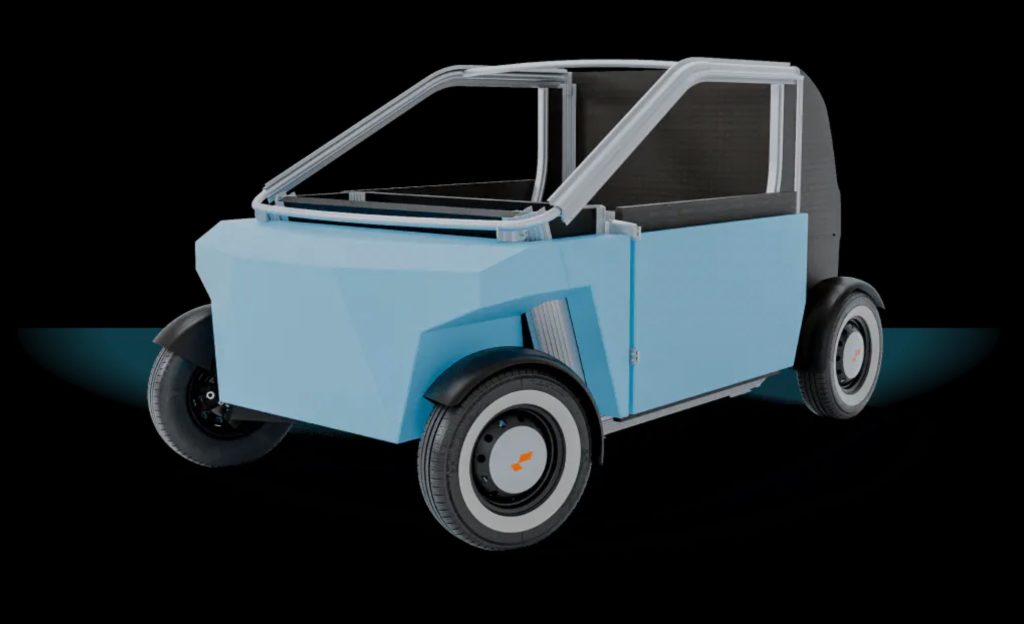
And down to the bottom line: Luvly plans to sell the Luvly O for around €10,000, or $11,000. That’s cheaper than any car you’ll find and not even much more expensive than high-end cargo bikes. If it ends up qualifying for EV subsidies in the various regions it ends up being sold, that price could become even more absurdly low.
Most of these specs are subject to change, especially with varying homologation rules in different territories. And Luvly does see opportunities in several markets, both around Europe and around the globe.
The IKEA of tiny electric cars
Luvly says its main innovation is in its production and assembly process, which it intends to license and allow for different cars to be built with its same processes. A sporty model, a small cargo van, or a three-wheeler are all potential configurations.
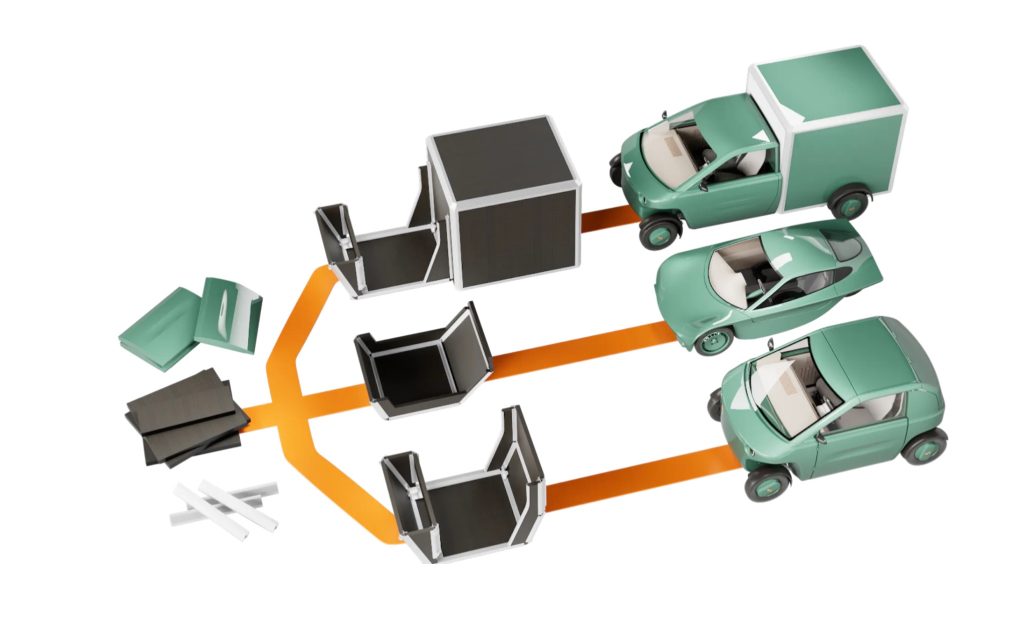
The IKEA comparison is not just about the shared country of origin but rather about Luvly’s planned production and shipping methods. Rather than assembling cars in one central factory and shipping them around the world fully assembled, Luvly has pioneered a process that allows for flat-pack shipping of vehicle parts.
Unlike IKEA, these won’t be assembled by the end user, but flat-pack shipping will allow a single shipping container to hold the parts required for 20 total cars, rather than needing a pure car carrying ship or loading one to four fully-assembled standard-sized cars in a container.
So parts can be produced in a central factory, and these parts are then assembled in micro factories covering individual sales regions. One 2000-square-meter micro factory could service a territory the size of Sweden.
Each micro factory then has a smaller footprint, deployment timeline, and capital expenditures to set up. Licensees of Luvly’s process could set these micro factories up much more easily than if they had to build the entire process themselves. And at end of life, these parts can be recycled as well.
While Luvly has some stiff competition in Europe from established brands, like Citroen and Renault, and smaller companies, like Microlino, it believes that its flat-pack and sandwich composite methods give it a leg up. But it also believes there is plenty of room for this market to grow and that drivers can be convinced to go smaller.
Why smaller is better
Luvly CEO Håkan Lutz, despite being 193cm (6’4) himself, is adamant that cars are too big and need to be smaller. (He says that he and his brother, who is even larger than him, fit in the car together just fine.) He notes that Sweden has the largest cars in Europe. Despite that, Swedes are an environmentally-conscious lot: They live in a spread-out country with few significantly sized cities; they love to bring the whole family out to the Sommarstuga (summer house) for vacation (and tow a 1000kg trailer while doing so – these are ubiquitous in Scandinavia); and many live in small quaint suburbs.
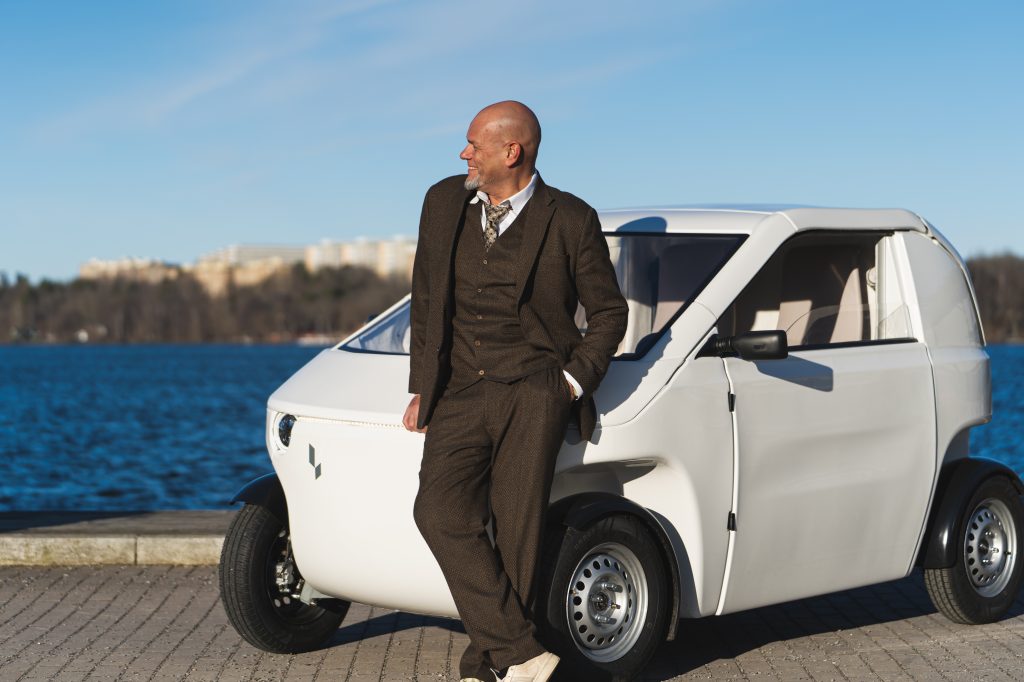
But this gets down to the current predicament with cities, especially in Europe, but really all around the world. Cars are getting bigger, and city centers aren’t. These bigger cars create more pollution, are more noisy, kill more pedestrians, cause more congestion, and take up more parking space. And this is happening when we need to move more people into cities and make them denser, not less dense, in order to make society more efficient in the face of climate change.
Lutz would like to see this trend reversed. He sees the arms race of larger cars as a symptom of humans seeing each other as competitors to distance and protect themselves from. And this attitude will not help us in the fight against climate change or the fight for better cities.
Top comment by GreenCocktail
Great! Especially since it’s not like some others mentioned that go only 35mph. That 55 mph number is a Very Big Deal. That’s a real car. Great city car. Great 2nd car in the suburbs.
It also puts EVs within reach of vastly more people. We need more like this. Challenging each other, making them better.
A reversal of the large car trend would lead to myriad societal benefits and could be paired with making cities more human-centric rather than car-centric. With car-centric cities, we surrender so much of our human space to vehicles that only get used for minutes a day. A smaller car is still a car, and it still takes up space and needs roads, but smaller cars fit better into the lives of city-dwellers than the huge land yachts which US and EU automakers are trending toward.
But he acknowledges that the Luvly O is better for intracity travel rather than for living outside a city and driving in. However, for some drivers who live in a nearby suburb/exurb – say, Lund to Malmö, two cities just 20km away – the Luvly could work and would certainly be easier to find parking for. And despite being a low population density country, Sweden still has an urbanization rate of 88% – higher than the US at 83%. So there are plenty of people in each country who could benefit from an urban-focused vehicle.
Lutz thinks that young city dwellers, who are increasingly tired of their cities being overrun by SUVs, are the perfect audience for Luvly. He wants to target cities with high levels of pollution and congestion and with significant numbers of urban commuters. These will largely start in Europe, though Lutz thinks there are young people in every city in the world who could be interested in a vehicle like this.
Yes, even in the US, where the stereotype goes that small cars won’t sell. And here I am, with a 2,800-pound car in the driveway, still wishing it were a bit smaller – so maybe he’s right.
FTC: We use income earning auto affiliate links. More.






Comments